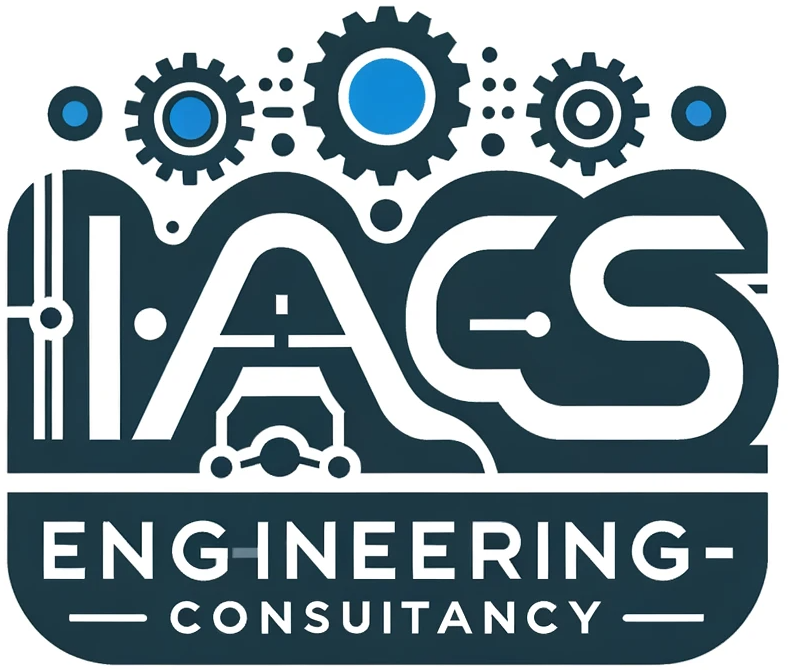Integral windup occurs in control systems when the integral component of a controller accumulates error beyond a certain limit, leading to overshoot, oscillations, or instability, especially in systems with saturating actuators.
1. What is Integral Windup?
Definition:
Integral windup (or integrator/reset windup) occurs when the integral term of a PID controller accumulates excessive error during actuator saturation. This leads to overshoot, sluggish recovery, or instability because the integrator continues “winding up” even when the actuator (e.g., valve, motor) cannot physically respond to the controller’s output.
Mechanism:
- During saturation (e.g., a valve stuck fully open), the actuator cannot correct the error, but the integrator keeps accumulating the error.
- When the process variable (PV) finally nears the setpoint (SP), the oversized integrator causes overshoot or oscillations due to its stored “excess” correction.
2. Causes of Integral Windup
- Actuator Saturation:
- Primary cause. Physical limits (e.g., 0–100% valve position) prevent the manipulated variable (MV) from responding to the controller’s output.
- Large Setpoint Changes:
- Rapid SP changes create a sudden error spike, accelerating integrator accumulation before the process can react.
- External Disturbances:
- Unmeasured disturbances (e.g., load changes) overwhelm the controller, forcing the actuator to saturate.
Key Insight: Windup stems from the disconnect between the controller’s integral action and the actuator’s physical limitations.
3. Preventing Integral Windup
Anti-Windup Strategies:
- Integrator Clamping (Conditional Integration):
- Freeze the integrator when the MV saturates (e.g., using high/low limits).
- Example: Siemens FB41’s
I_ITLVALlimits or Allen Bradley PIDE’sWindupHIn/WindupLInflags.
- Back-Calculation:
- Adjust the integrator based on the difference between the controller’s output and the actuator’s actual position (feedback).
- Advanced method requiring custom logic or specialized controllers (e.g., Siemens Modular PID).
- External Reset Feedback (ERF):
- Resets the integrator dynamically using actuator feedback to align it with the achievable MV.
- Can be implemented in Allen Bradley PIDE via custom logic.
- Setpoint Rate Limiting:
- Gradually ramp large SP changes to prevent abrupt integrator spikes.
Supporting Strategies:
- Bumpless Transfer: Ensures smooth transitions between manual/auto modes but does not prevent windup (often confused with anti-windup).
- Tuning: Reduce integral gain (
Ki) or increase integral time (Ti) to slow integrator growth. Note: Tuning alone cannot eliminate windup under saturation. - Process Redesign: Address actuator sizing or process bottlenecks to minimize saturation.
4. Vendor-Specific Implementations
Siemens FB41 PID Controller:
- Anti-Windup Features:
- Integrator Limits:
I_ITLVALsets max/min integrator outputs;I_ITL_ONenforces clamping. - Integrator Freeze:
INT_HOLDstops integration during startups or uncontrollable errors.
- Integrator Limits:
- Limitations: No built-in back-calculation. Use Siemens’ Modular PID library for advanced feedback-based methods.
Allen Bradley PIDE Controller:
- Basic Anti-Windup:
- Windup Flags:
WindupHIn/WindupLInfreeze integration during output saturation. - Output Limits: Configure high/low MV bounds to trigger clamping.
- Windup Flags:
- Advanced Workarounds:
- External Reset Feedback (ERF): Custom logic to reset the integrator using actuator feedback (mimics back-calculation).
- Conditional Resets: Disable/re-enable the PIDE or reset the integrator when PV nears SP.
- Startup Logic: Delay PIDE activation until PV is near SP to avoid initial windup.
- Caution: Frequent integrator resets can destabilize the loop; use sparingly.
5. Best Practices for Mitigation
- Monitor Actuator Saturation: Use valve position feedback or MV tracking to detect limits.
- Prioritize Back-Calculation/ERF: For processes prone to prolonged saturation, implement feedback-based methods.
- Tune Conservatively: Balance integral action to avoid aggressive correction.
- Simulate and Test: Validate anti-windup logic under worst-case scenarios (e.g., large SP changes).
Conclusion
Integral windup is a pervasive challenge in PID control, but modern strategies like clamping, back-calculation, and ERF can effectively mitigate it. Vendor-specific tools (e.g., Siemens’ I_ITLVAL or Allen Bradley’s windup flags) provide basic protection, while advanced processes may require custom logic. Critical takeaways:
- Windup arises from the integrator-actuator disconnect during saturation.
- Prevention requires both controller logic (anti-windup) and process awareness (actuator limits).
- Always tailor solutions to the process dynamics and controller capabilities.
